Chemicals list & Research Gallery
CAS number: 154-42-7
Thioguanine (also referred to as 6-thioguanine and as tioguanine) is a purine analogue that is used in the therapy of acute and chronic myelogenous leukemias.

Structures of 6-mercaptopurine and thioguanine and their 5-aza-7-deaza analogs.
CAS number: 15421-15-5
Potassium Ascorbate is a form of Vitamin C that is water-soluble and can be taken internally.
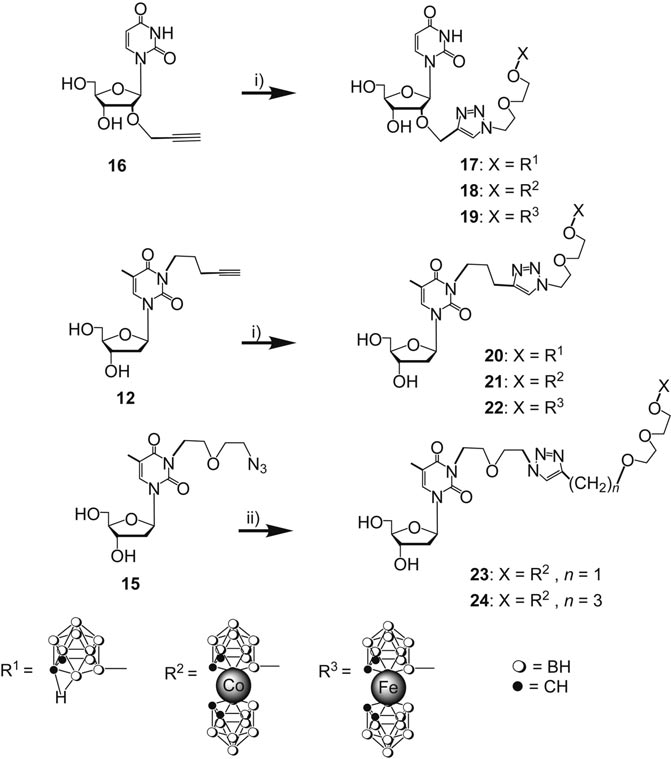
Synthesis of nucleoside borane conjugates by “chemical ligation” of nucleoside borane acceptors and borane donors: 17–24. i) 2, 5, or 6, CuSO4·5H2O/potassium ascorbate, tert-butyl alcohol/water 1:1; ii) 7 or 8, CuSO4·5H2O/potassium ascorbate, tert-butyl alcohol/water 1:1
CAS number: 154361-50-9
Capecitabine is an orally-administered chemotherapeutic agent used in the treatment of metastatic breast and colorectal cancers. Capecitabine is a prodrug, that is enzymatically converted to fluorouracil (antimetabolite) in the tumor, where it inhibits DNA synthesis and slows growth of tumor tissue.
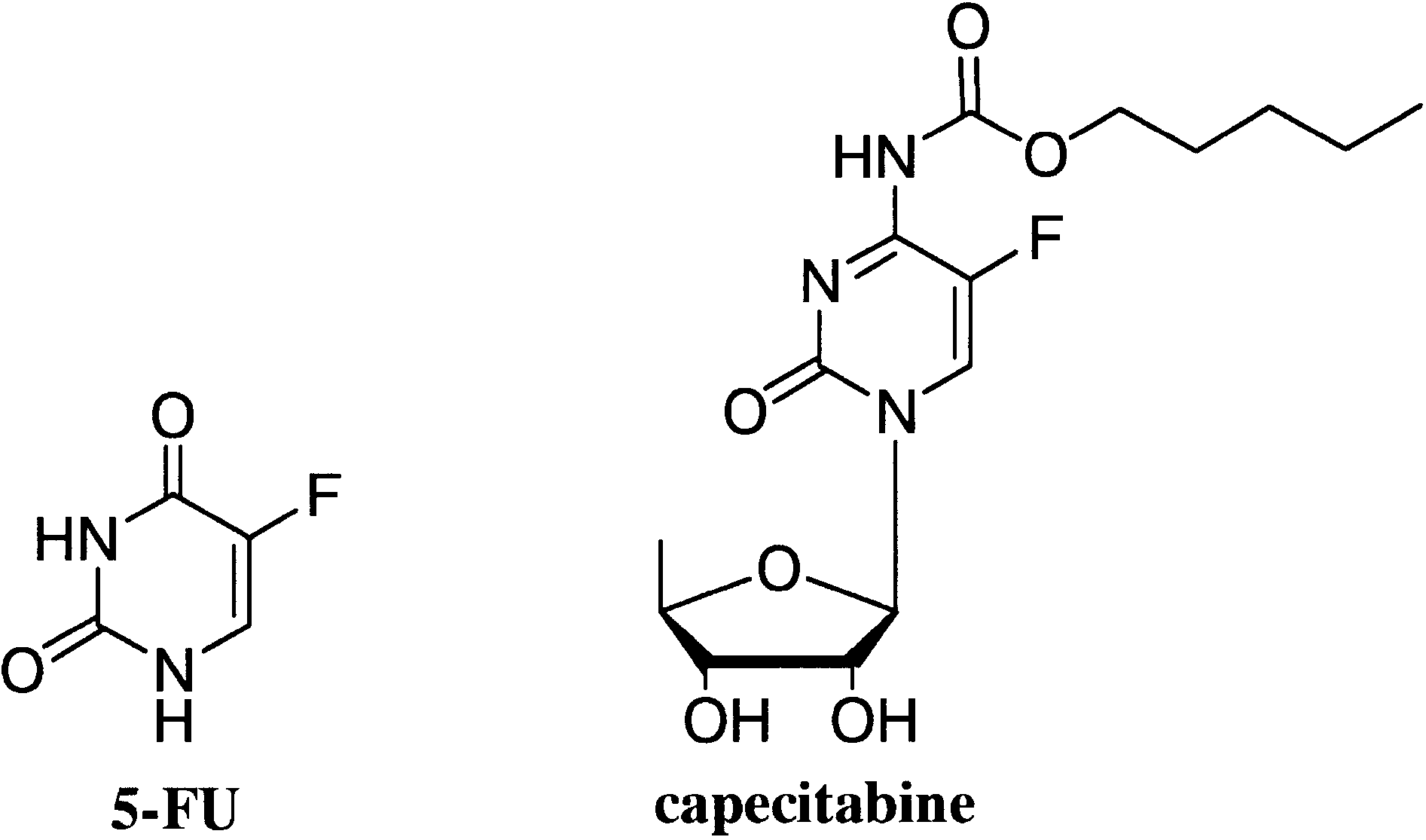
5-fluorouracil (5-FU) and capecitabine.
CAS number: 154447-36-6
LY294002 is a chromone substituted with a phenyl group at position 8 and a morpholine group at position 2. It has a role as an EC 2.7.1.137 (phosphatidylinositol 3-kinase) inhibitor, an autophagy inhibitor and a geroprotector. It is a member of chromones, a member of morpholines and an organochlorine compound.
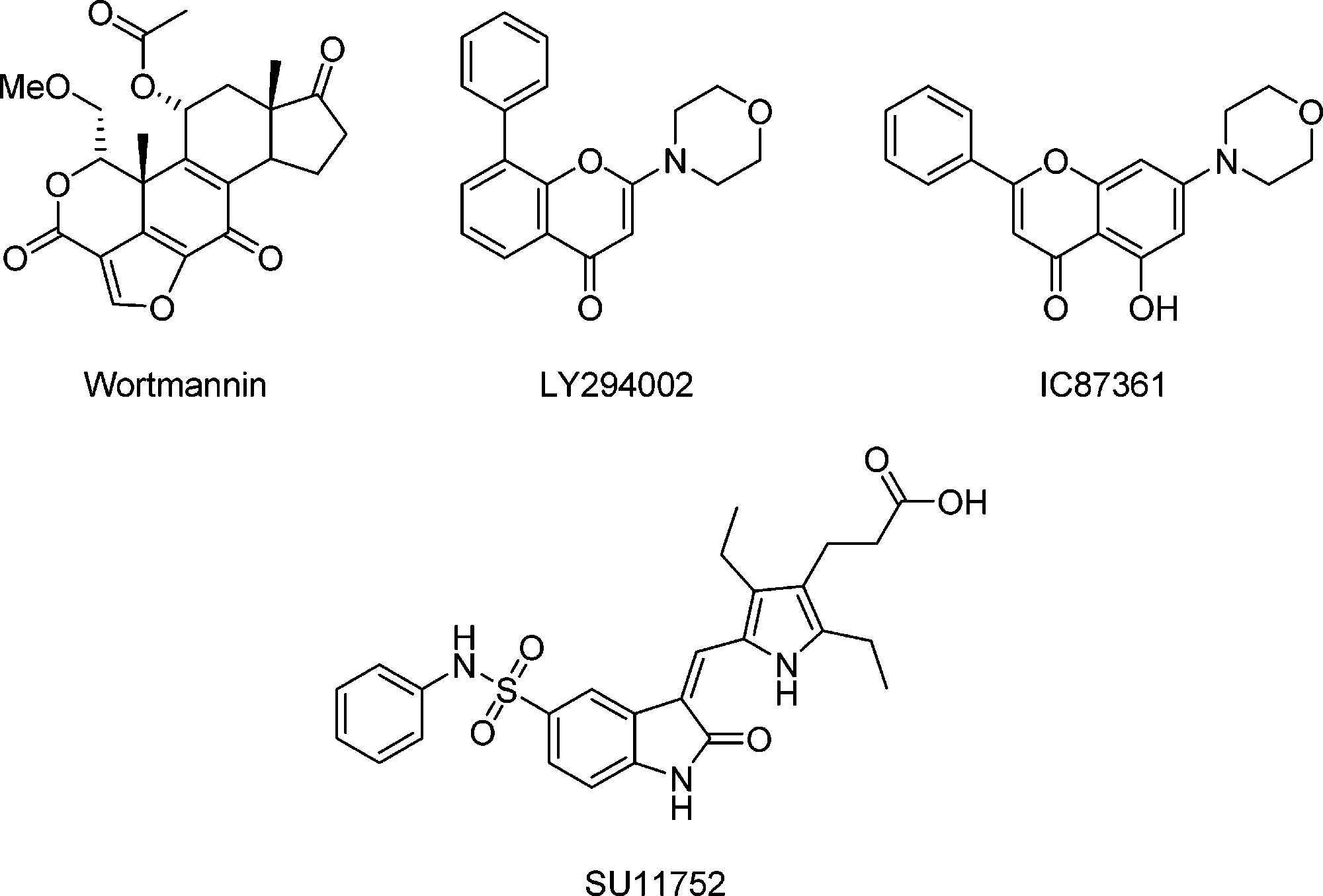
Structures of DNA-PK Inhibitors: wortmannin, LY294002, IC87361, SU11752.
CAS number: 154992-24-2
RU 58841 is a non-steroidal antiandrogen. It was initially developed for potential use in treating androgen-dependent skin conditions like acne and androgenetic alopecia.
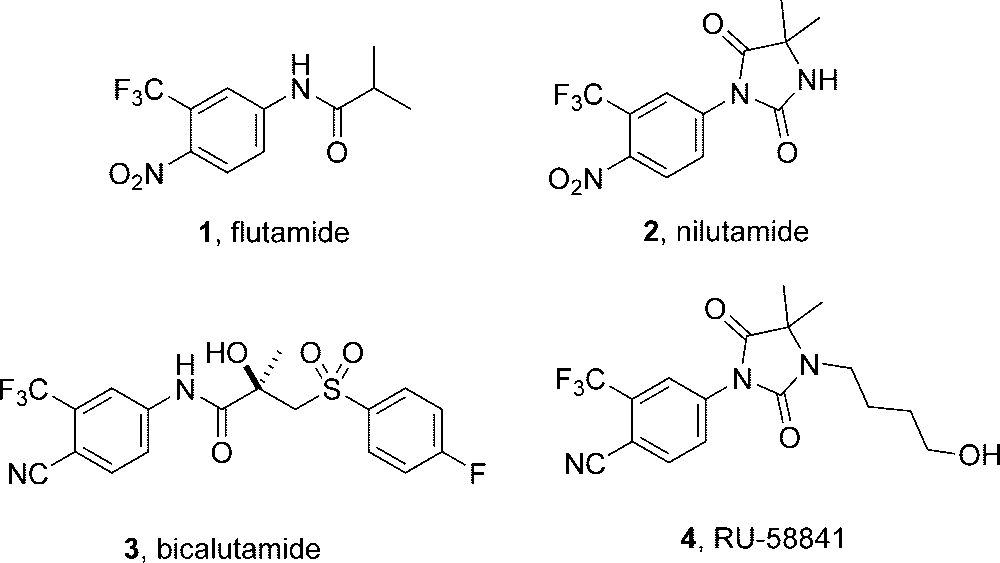
Known nonsteroidal androgen receptor antagonists.
CAS number: 15663-27-1
Cisplatin, cisplatinum or cis-diamminedichloroplatinum(II) (CDDP) is a platinum-based chemotherapy drug used to treat various types of cancers, including sarcomas, some carcinomas (e.g. small cell lung cancer, and ovarian cancer), lymphomas and germ cell tumors. It was the first member of its class, which now also includes carboplatin and oxaliplatin.
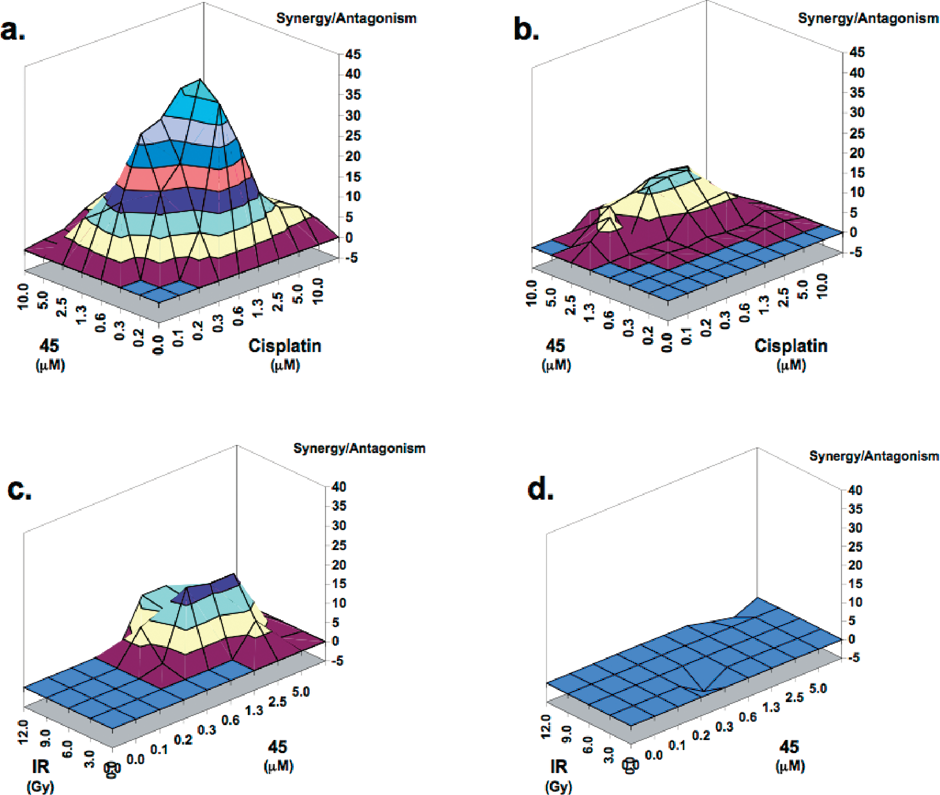
Macsynergy plots of 45 with cisplatin in HCT116 cells (a), cisplatin in HFL1 cells (b), IR in HCT116 cells (c), and IR in HFL1 cells (d).
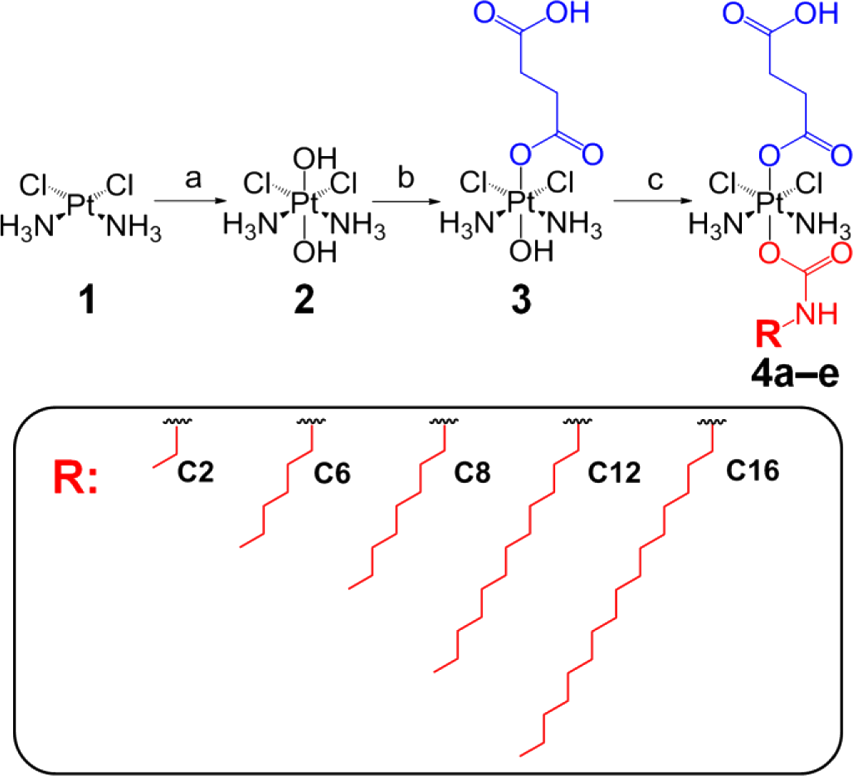
Synthetic route for the preparation of 4a−e from cisplatin: (a) 30% H2O2, 50 °C; (b) succinic anhydride, anhydrous DMSO, room temperature; (c) R−N=C=O, anhydrous DMF, room temperature
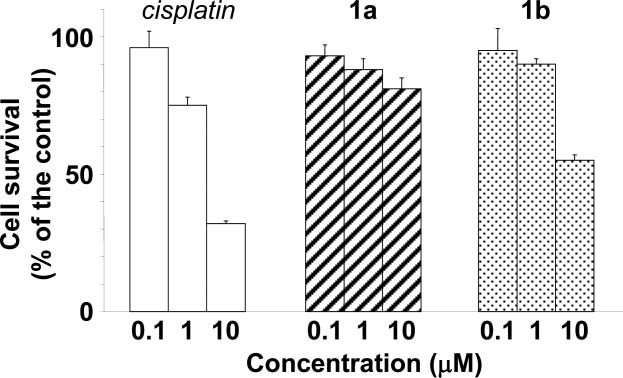
HeLa cell survival measured by MTT test after 48 h of incubation.
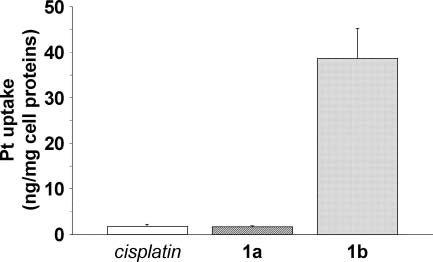
Platinum intracellular accumulation in HeLa cells after 3 h continuous exposure to cisplatin, 1a and 1b, administered at the same concentration (1 lM).
CAS number: 157-26-6
Dioxirane is the simplest cyclic organic peroxide and is of interest due to its ability to act as an oxygen transfer agent in various chemical reactions.
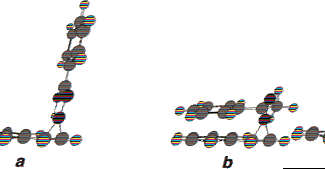
Transition-state models of the epoxidation of styrene with (a) perbenzoic acid and (b) the dioxirane derived from acetophenone.
CAS number: 1573-40-6
Kaurane is a diterpene. It is an enantiomer of a kaurane.

Selected Targets for TADA Str a tegy: Taibaihenryiin C, Kaurane, Leucamenin F
CAS number: 157434-99-6
XK-469 is an experimental anti-cancer drug, specifically a Topoisomerase IIβ (TOP2B) inhibitor, that shows promise for treating solid tumors and multi-drug resistant cancers. Developed from a quinoxaline class of compounds and first investigated by the National Cancer Institute, it works by interfering with DNA repair and replication, inducing cell cycle arrest, and promoting apoptosis (programmed cell death) in cancer cells. While it has demonstrated anti-tumor activity in preclinical models, it is currently in the preclinical phase of development for human use.
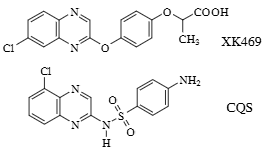
Structures of XK469 and chloroquinoxaline sulfonamide (CQS).
CAS number: 158642-05-8
Flustramine E is a naturally occurring brominated indole alkaloid isolated from the marine bryozoan Flustra foliacea. It has been shown to exhibit inhibitory activity against various plant pathogens like Rhizoctonia solani and Botrytis cinerea, and has been studied for its potential as an antibiotic, especially against Gram-positive bacteria such as Staphylococcus aureus.
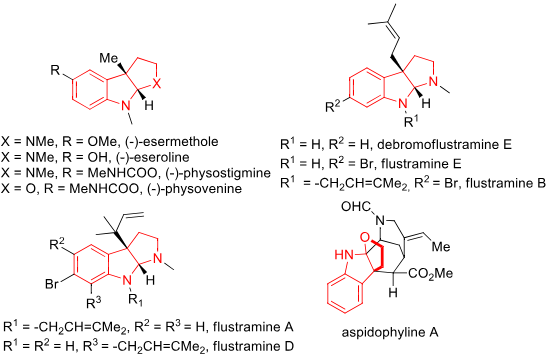
Indole Alkaloids Bearing FIH Skeletons: (-)-Esermethole, (-)-Eseroline, (-)-physostigmine, (-)-Physovenine, Flustramine E, Flustramine B, Flustramine A, Aspidophyline A.